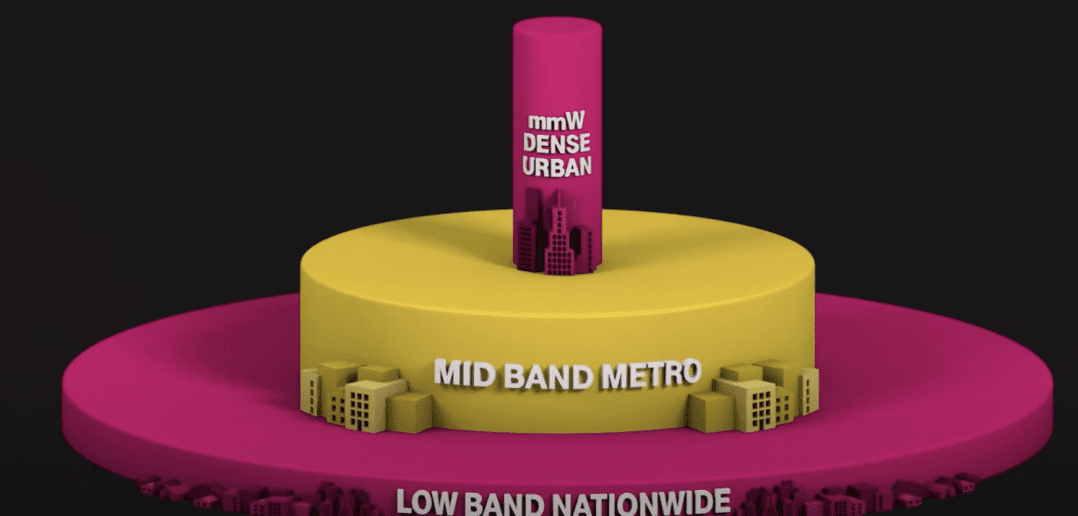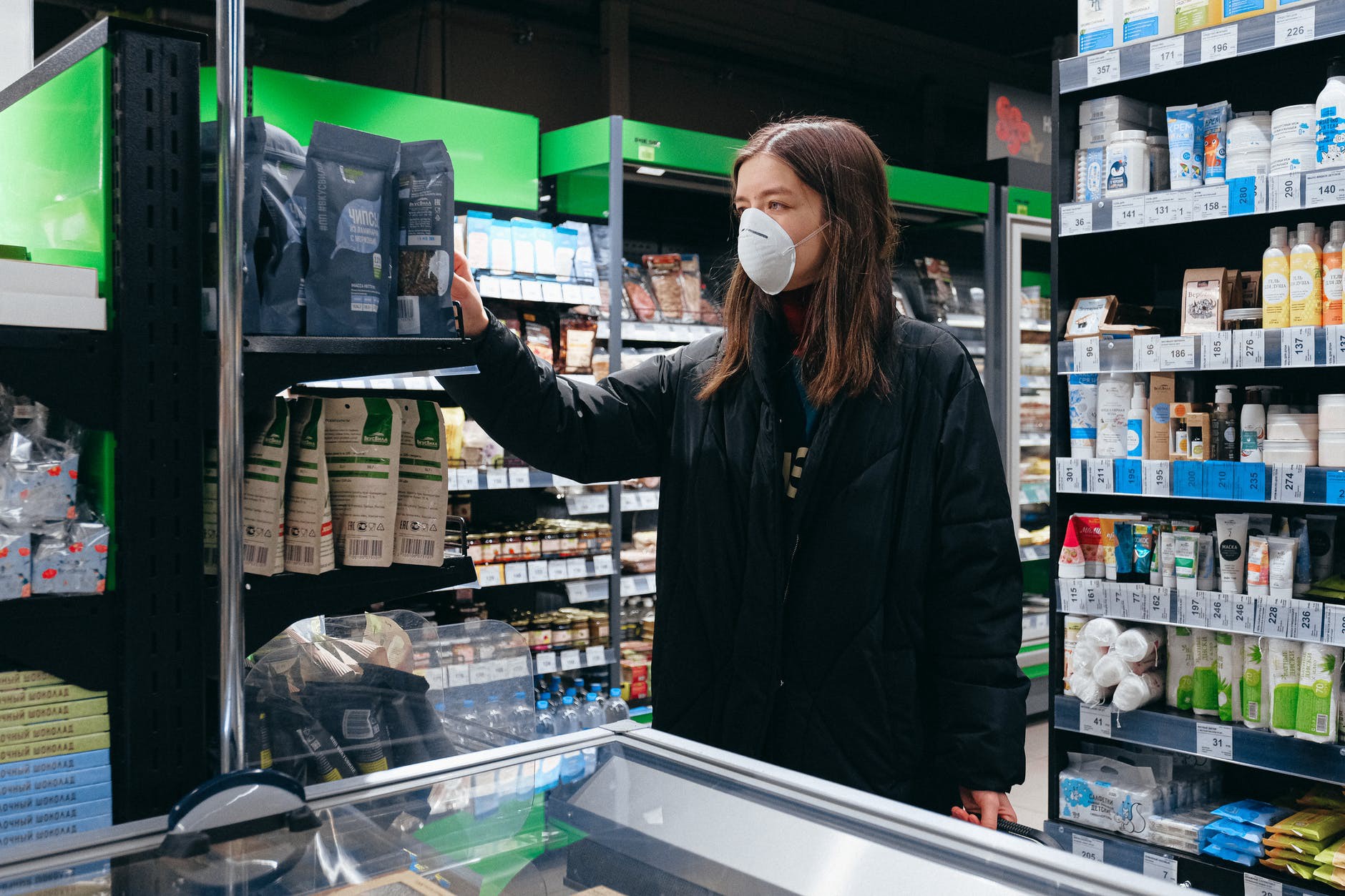
The Tasty 5G Layer Cake Explained and How it Benefits Consumers
The Tasty 5G Layer Cake Explained and How it Benefits Consumers
The term “5G” gets tossed around a lot, but without a lot of explanation. Most people have a general idea that “5G” equals “fast,” but not much beyond that. So, what is 5G? 5G stands for the fifth generation, and it’s the next generation of wireless networking technology, following — you guessed it — 4G. So obviously it’s better and faster than 4G. But why? What makes it great?
5G is, among other things, the backbone of the T-Mobile and Sprint merger, so it’s obviously pretty important. When T-Mobile announced its plans to acquire Sprint in April 2018, it promised the availability of a nationwide 5G network based on the holdings of the two companies — T-Mobile’s holdings were in the high-band and low-band frequencies, while Sprint held a mid-band spectrum. The deal finally closed in April 2020, and almost immediately, T-Mobile’ began deploying Sprint’s 5G network, announcing it was “expanding access to nationwide 5G for millions of Americans in its mission to deliver a transformative 5G network for all.”
That the ability to offer nationwide 5G was so dependent on Sprint’s mid-band network gets us a little deeper into the way 5G operates — on multiple bands. T-Mobile uses a layer cake as an analogy for its 5G strategy, which is an apt comparison. 5G networks operate on three bands, each with a different frequency. The combined “layers” create the complete 5G “cake.” Let’s break it down.
High-Band mmWave 5G: The Top Layer
Millimeter-wave (mmWave) 5G is the highest frequency. It is very fast, but has a very short range, offering large amounts of capacity in a small range of geography. mmWave 5G is best in densely packed urban areas or venues like sports stadiums, where there isn’t need for a long range, but there are a lot of devices and a need for high capacity — T-Mobile announced that customers in New York would be the first to have access to all three tiers of 5G, including mmWave 5G. mmWave has low latency and offers speeds comparable to broadband internet, reaching 1 Gbps in some tests. However, mmWave signals, in addition to their limited range, can be interrupted by weather — think of how a rainstorm interferes with satellite TV. It can also be blocked by walls, making access from within buildings difficult. This is why the top layer of the cake needs support from the other two layers.
Mid-Band 5G: The Middle Layer
The middle layer of the cake uses frequencies from 2.5–3.7 GHz — Sprint’s network uses 2.5 GHz. As the name suggests, it sits comfortably in the middle — around six times faster than 4G and with a broader range than mmWave. Sprint’s mid-band network is key to T-Mobile’s 5G strategy — T-Mobile previously had low-band and mmWave holdings but lacked the middle tier of the cake. Although mid-band 5G seems like the perfect middle ground, it is really complementary rather than a complete offering on its own — it’s fast, but not as fast as mmWave, and on its own isn’t necessarily the speed revolution 5G is implied to be. T-Mobile initially rolled out its new mid-band offering in Philadelphia with speeds nearing 600 Mbps and expects to offer speeds 15 times faster than 4G LTE over the next six years. Mid-band 5G may be the most critical piece of the cake — necessary to support mmWave while enhancing the foundational layer of low-band.
Low-Band 5G: The Base Layer
And here is the layer cake’s foundation — something that stands just fine on its own but needing the higher tiers to make it something special — otherwise it’s just a plain old cake. This base layer in a 5G network is the lowest band of 5G and uses a frequency of 600–700 MHz — T-Mobile’s holdings are 600 MHz. Speeds are similar to 4G, but so is its range, which is where it shines, fleshing out the shorter ranges of the upper layers. According to T-Mobile, its low-band 600 MGz spectrum covers more ground and brings 5G deeper into buildings and is “critical for providing ubiquitous 5G coverage to more people.”
The Finished Cake
Put all the tiers together now and you have a complete nationwide 5G network — something with the range to reach rural areas as well as the densest parts of cities, and the ability to work indoors or outdoors. While the peak speeds of the mmWave spectrum won’t necessarily be available to all, low-band 5G speeds are still faster than 4G speeds in the same locations, and that reliable, long-range network is the base layer in an offering that can eventually compete with the fastest internet connection and offer connectivity to more than just phones in this connected era. Consumers will be able to use 5G cellular networks to power their IoT devices, and in a work-from-home era, fast connectivity will become much more widely available. Fast, reliable cell service is just the icing on the cake.


